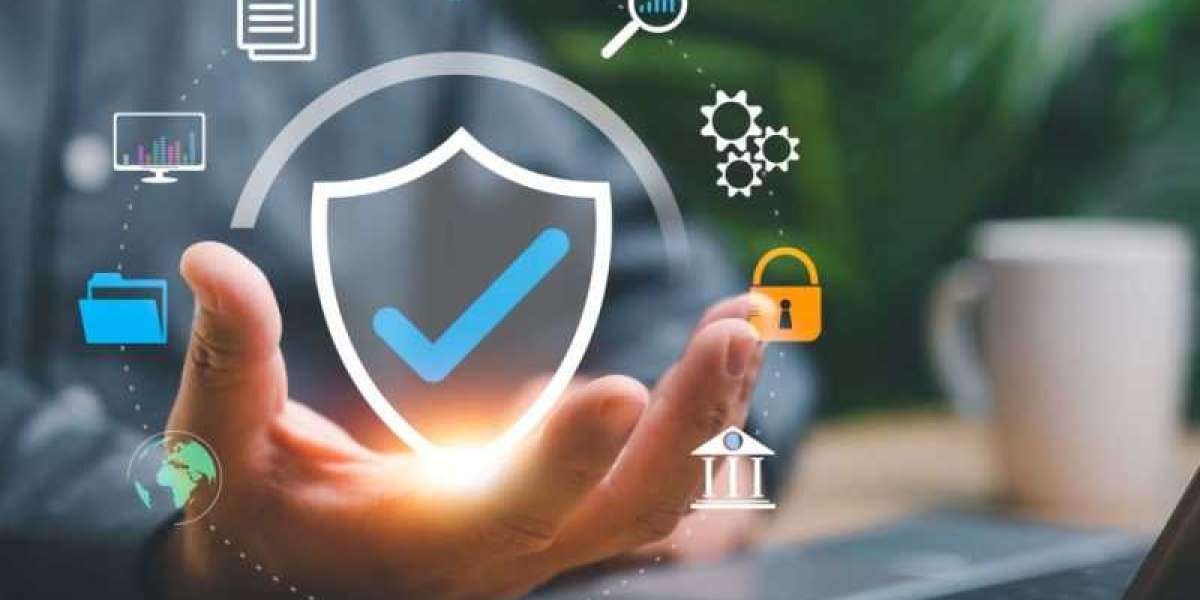Multi-factor authentication (MFA) has long been regarded as a vital tool in enhancing cybersecurity by adding an extra layer of protection for sensitive accounts and systems. However, as security measures evolve, so do the methods employed by cybercriminals to bypass them. One of the most concerning trends in recent years is the rise of MFA phishing, a sophisticated attack method that exploits the very tools designed to secure our data. In this blog, we’ll explore the growing threat of MFA phishing, how it works, and practical strategies for organisations, particularly in healthcare and IT sectors, to defend against these attacks.
Understanding MFA Phishing
MFA phishing is a type of attack that targets organisations using multi-factor authentication systems. MFA is typically implemented as an additional layer of security that requires users to provide two or more verification factors, such as a password and a fingerprint, or a password and a one-time code sent to a mobile device.
However, attackers have become adept at exploiting MFA by using phishing techniques to trick users into revealing their authentication details. This could involve phishing emails or fraudulent websites that mimic legitimate authentication pages, capturing both the user’s password and the MFA token. Once attackers have this information, they can easily bypass the MFA and gain unauthorised access to critical systems.
The Growing Threat of MFA Phishing
According to recent reports, MFA phishing has seen a significant rise in the UK, particularly targeting sectors that rely heavily on sensitive data, such as healthcare and IT. Cybercriminals are constantly adapting their tactics, and MFA phishing is now a prominent method in their arsenal. For organisations, especially those in healthcare, this trend poses a significant threat, as these industries store sensitive patient information, making them prime targets.
The consequences of a successful MFA phishing attack can be severe. Moreover, healthcare IT consulting firms and other sectors that manage personal or confidential data are particularly vulnerable. A breach in these sectors could have serious legal implications due to the sensitive nature of the data involved.

How MFA Phishing Works
To better understand how MFA phishing attacks unfold, it’s important to break down the process:
1. The Phishing Attack:
- The attacker sends a phishing email or message that appears to come from a trusted source, such as a colleague, a service provider, or a bank.
- The email usually includes a link that directs the recipient to a counterfeit website, closely resembling the authentic login page of the targeted service.
2. The Capture:
- The user enters their login credentials (username and password) on the fraudulent page.
- The attacker captures these details in real-time and then immediately uses them to attempt logging into the real system.
3. The MFA Interception:
- Once the attacker has the login details, the real threat occurs. The phishing page prompts the user to input the MFA code, which is typically sent to their mobile device or email.
- The attacker, now with both the user’s credentials and the MFA token, can quickly bypass the authentication process and gain access to the system.
Protecting Your Organisation from MFA Phishing
Given the increasing sophistication of MFA phishing attacks, organisations must take proactive measures to safeguard against them. Below are some practical, actionable steps that businesses, including those in IT consultancy and healthcare sectors, can implement to minimise the risk of falling victim to such attacks.
1. Educating Employees About Phishing Attacks
The first line of defence against MFA phishing is employee awareness. Educating staff on the dangers of phishing, how to identify suspicious emails, and how to report them is crucial. Training should be regular and should cover:
- Recognising signs of phishing emails (e.g., unusual sender addresses, unexpected links, or requests for sensitive information).
- Being cautious about entering credentials on unfamiliar websites.
In addition to training, periodic simulated phishing exercises can help reinforce good security practices and improve staff vigilance.
2. Implementing Advanced MFA Systems
While MFA is an effective security measure, organisations must ensure they are using the most secure forms of authentication. Not all MFA systems are created equal, and some are more vulnerable to phishing attacks than others. For example, SMS-based MFA can be intercepted through SIM-swapping attacks, so organisations should consider using more secure alternatives such as:
- Authenticator Apps: Apps like Google Authenticator or Microsoft Authenticator generate time-based one-time codes, making it more difficult for attackers to intercept.
- Biometric Authentication: Fingerprints, facial recognition, and other biometric methods offer a higher level of security than traditional MFA methods.
- Hardware Tokens: Physical tokens that generate one-time codes or use USB security keys are less susceptible to phishing attacks.
3. Use of Endpoint Protection Solutions
Endpoints such as employee devices, mobile phones, and laptops are common entry points for phishing attacks. To mitigate the risk of MFA phishing, businesses should ensure that endpoint protection solutions are in place. These solutions should include:
- Anti-phishing Software: Anti-phishing tools can block access to known malicious websites and prevent phishing attempts from reaching users.
- Device Encryption: Encrypting devices ensures that even if they are lost or stolen, the data remains protected.
- Remote Wipe Capabilities: In the event of a device being compromised, IT administrators should have the ability to remotely wipe the device to prevent data theft.
4. Regular Security Audits and Monitoring
Organisations should regularly audit their security measures and conduct vulnerability assessments. This helps identify any weaknesses in their systems that could be exploited by attackers. Regular monitoring of network traffic, system logs, and user activities can help detect unusual patterns that could indicate an ongoing MFA phishing attack.
5. Implementing Zero Trust Security Models
A Zero Trust security model operates on the principle that no one, whether inside or outside the organisation, should automatically be trusted. Every user, device, and application must be verified before being granted access to the system. This model can significantly reduce the impact of MFA phishing by ensuring that even if attackers gain access to credentials, they cannot automatically access critical systems without further verification.

The Role of IT Consultancy and Support
IT consultancy London firms play a crucial role in helping organisations develop comprehensive cybersecurity strategies to defend against MFA phishing and other cyber threats. For organisations in the UK, especially those in sectors like healthcare, partnering with healthcare IT consulting firms and experienced IT consultants in London can provide tailored solutions that strengthen their overall security posture. These experts can assist with:
- Implementing and configuring advanced MFA systems.
- Conducting security audits and risk assessments.
Conclusion
MFA phishing is an increasingly common and dangerous threat that targets organisations using multi-factor authentication systems. As cybercriminals evolve their tactics, it’s essential for businesses to stay one step ahead by educating employees, implementing strong authentication methods, and working with IT consultants to ensure comprehensive security.
Renaissance Computer Services Limited offers expert IT consultancy and support for organisations, providing the tools and knowledge needed to protect against MFA phishing and other cybersecurity threats. With the right IT infrastructure and expertise, organisations can confidently navigate the complexities of modern cybersecurity.











